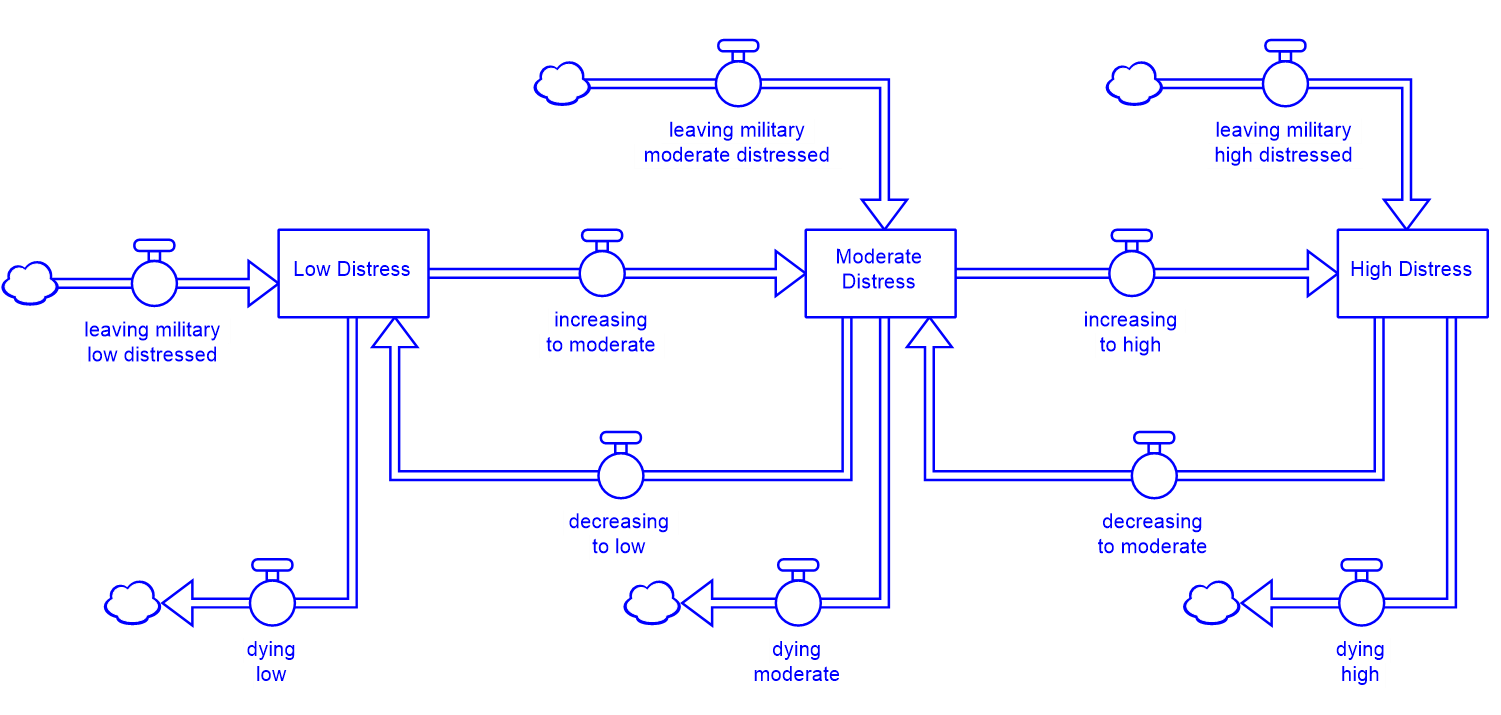Face the Fight Focuses on U.S. Veteran Suicide with Help From Stella® Architect
 David Rozek
David Rozek
U.S. military veterans embody the qualities of service, strength, and resilience. While most veterans are
thriving today, still too many U.S. veterans die by suicide. According to the U.S. Department of Veterans
Affairs, suicide is the second leading cause of death among veterans under 45 years old, and more than 125,000
veterans have died by suicide since 2001.
Face the Fight, an initiative supported by corporations, philanthropic foundations, non-profits, government
liaisons, and veteran organizations, is focused on raising awareness of veteran suicide, the complex issues
around it (e.g., the stigma around mental health and risk factors such as homelessness), and the interventions
that reduce risk. Launched in June 2023 by USAA, Humana Foundation, and Reach Resilience (an Endeavors Foundation),
Face the Fight is committed to building on advocacy work, forming a coalition of like-minded companies and organizations
to bring together collective resources to scale evidence-based interventions and drive meaningful change. Face the Fight
is supported by scientific experts, clinicians, and data analysts at The University of Texas Health Science Center
at San Antonio (UT Health San Antonio).
“Veteran suicide is a very wicked, multi-faceted problem,” says David Rozek, PhD, ABPP, Senior Scientific Advisor
to Face the Fight and Associate Professor at UT Health San Antonio. While Post Traumatic Stress and other mental
health disorders do impact many veterans, nearly half of people who die by suicide do not have a diagnosed mental
illness. Rather, high rates of veteran suicides (currently 71.8% higher than the rate of suicide in the general
population) can be attributed to a mix of complex issues including stigma, employment stressors, housing and
financial stressors, legal issues, relationship stressors, and health challenges.
Rozek, his colleague Katy Dondanville, PsyD, ABPP, UT Health San Antonio, and Karim Chichakly, Co-President,
isee systems are using system dynamics and Stella Architect to understand how various interventions work together
to prevent veteran suicide. “You can’t just look at one cause of suicide or suicide intervention to understand
the whole problem,” says Rozek. “Using Stella Architect, we’ve created a model that can be continually modified
to help Face the Fight understand the whole system that impacts veteran suicide.”
The modeling team’s first challenge was finding the data needed to describe the veteran population and current
intervention outcomes. “Some data is just very hard to find,” says Rozek. “Clinical trials are generally focused
on interventions delivered in health care settings and can give us baseline effectiveness rates. They often
describe ideal-world, not real-world, conditions. We also have little data on gatekeeper training and how the
training translates to actual delivery or use of the training.”
Due to the inadequate data available, a team with expertise in suicide and the veteran population helped develop
the model’s initial data sources, many times using the best data available and the best expert judgment for a model
parameter. “We created a distribution of low, medium, and high distress levels to measure risk for suicide,”
says Rozek. “Then we built a baseline model.”
The baseline model used the veteran population (including all branches of service and both combat and non-combat
postings) and applied no interventions to get the baseline for lives lost to suicide. “Once that model was built,
we could add interventions,” says Rozek. Comparing the baseline to the number of lives lost with interventions yields
the lives saved through the interventions.
 Veteran population divided into distress categories
Veteran population divided into distress categories
Understanding suicide intervention efficacy demands a system dynamics approach. “Most interventions work with,
or lead to, others,” says Rozek. “Suicide screening is a good example. When we go to the doctor or even the dentist,
we’re asked about depression and self-harm or suicide ideation. Screening for those things is an intervention, but it’s
one that is meant to lead to another, like treatment. So, if we want to see if suicide screening saves lives, we have to
model its relationship to treatment or other interventions.”
The core team of Rozek, Dondanville, and Chichakly assembled a group of 44 expert advisors that reviews the model
as new inputs and variables are added. “The Scientific Advisory Committee (SAC) takes a broad view of the model to
help us validate our work, think through data issues, and test variable relationships,” says Rozek. A smaller working
group within the SAC meets quarterly to address questions and problems that arise as the model is built and run.
“Stella Architect allows us to share our modeling work with Face the Fight partners and advisors around the world,”
says Rozek. “All they need is web access. They’re all experts in aspects of veteran suicide but most of them are new
to system dynamics and modeling. They don’t need any training to review and run a Stella Architect model. And we don’t
have to worry that someone will change or break the models we share.”
Face the Fight and the SAC questions and feedback inform model improvements. Rozek is able to make small changes to the
model, but he and Dondanville rely on Chichakly to make more significant improvements. “Karim is amazing,” says Rozek.
“He has so much model building experience and expertise. His ability to translate the issues surrounding veteran
suicide to the model has been instrumental.”
Face the Fight is already learning from the model. “We have projected 3,500 veteran lives saved from Face the Fight
interventions through 2032, which is truly remarkable. We also can see that veteran suicide prevention is facing
capacity issues,” says Rozek. “If there aren’t enough people and organizations trained in or offering needed
interventions, lives can’t be saved. So, the pool of clinicians must be expanded, and at-risk veterans need greater
access to non-clinical interventions like career transition support, food programs, financial advice,
housing assistance, and peer-to-peer advising and counseling.”
 bCBT (brief Cognitive Behavior Therapy) intervention path (other paths from Screening not shown)
bCBT (brief Cognitive Behavior Therapy) intervention path (other paths from Screening not shown)
It’s also clear that answering programmatic questions will require additional data. “We need to break down the veteran
population by gender, race, and ethnicity,” says Rozek. “The increasing rate of suicide among female veterans,
especially suicide by firearms, raises many questions. What is different about that group? What interventions
work best for women? We also see that Alaskan Natives and American Indian are two of the highest risk groups.
Are there cultural differences that interventions have to consider?”
The model is already being used to support funding decisions. “In 2024, Face the Fight is deploying its third
and fourth round of grants.” says Rozek. “Using the model, we can see the impact of each proposal and whether
it meets stated goals. Face the Fight can also check for saturation and make sure that funding is spread out
across needed intervention programs.” The first model update will be summarized and published in Face the Fight’s
inaugural report in June 2024, in coordination with the one-year anniversary of the initiative’s public launch.
However, the model remains a work in progress. “It will continue to change as new data becomes available,”
says Rozek. “As we run the model, we and our advisory groups will test new hypotheses. The science is always
changing.”